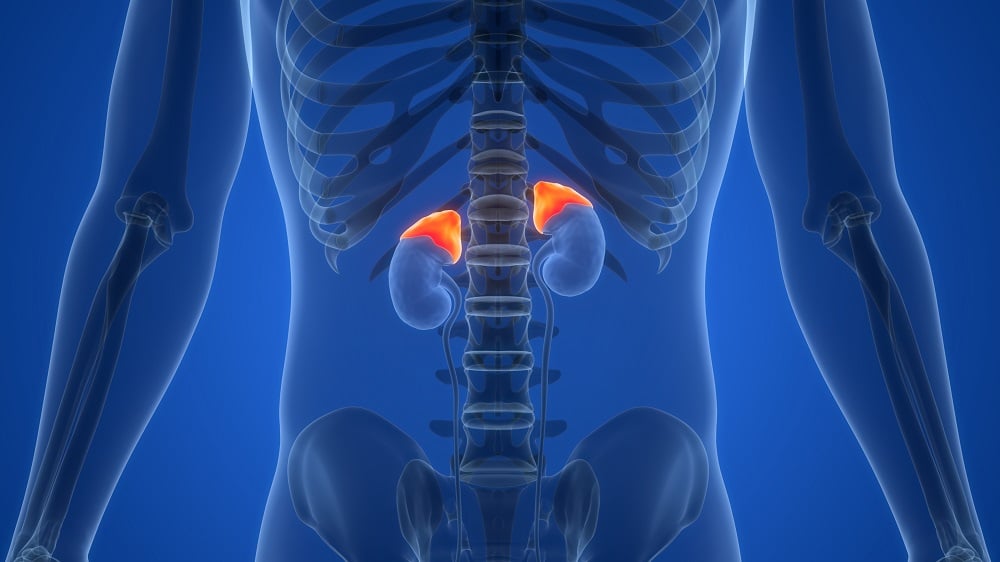A recent study conducted by the University of Ottawa's Human and Environmental Physiology Research Unit (HEPRU) has made significant strides in understanding human thermoregulation. Published in the prestigious Proceedings of the National Academy of Sciences, this research led by Dr. Robert D. Meade and Dr. Glen Kenny has demonstrated that the safe limits for human tolerance to heat are much lower than previously established. This revelation holds critical implications as global temperatures rise and climate change exacerbates heat conditions, potentially rendering many regions uninhabitable.
Study Overview
The study utilized a novel approach involving thermal-step protocols to assess human responses to high heat and humidity levels. A sample of 12 volunteers was subjected to extreme conditions of 42°C with 57% humidity, equating to a humidex of approximately 62°C. The objective was to identify the threshold at which thermoregulation becomes ineffective.
“Our research provides important data supporting recent suggestions that the conditions under which humans can effectively regulate their body temperature are actually much lower than earlier models suggested.” – Dr. Glen Kenny
Key Findings
The outcome of the study revealed alarming trends regarding human endurance in extreme heat:
- The core body temperatures of participants continued to rise steadily during exposure, thereby indicating a breakdown in thermoregulation.
- Many participants were unable to endure the entire duration of the 9-hour exposure, highlighting the severe physiological strain associated with such conditions.
Implications of Findings
These findings are not just academic; they provide essential data supporting health policies and public safety strategies. As cities brace for hotter summers, understanding human limits is pivotal in preventing heat-related health issues. The research underlines the necessity to integrate physiological data with climate models to enhance predictive capabilities for heat-related risks.
| Condition | Temperature (°C) | Humidity (%) | Humidex (°C) |
|---|---|---|---|
| Extreme Heat Exposure | 42 | 57 | 62 |
| Comfort Zone | 20-25 | 30-50 | 25-30 |
Societal Relevance
This study raises vital questions about the adaptability of human populations to extreme environments induced by climate change. As the global climate continues to shift, the potential for regions to exceed heat tolerance limits becomes more pronounced. This necessitates urgent policy formation to address public health outcomes related to extreme temperatures.
Future Directions
Moving forward, there is a critical need for:
- Investing in infrastructure that provides cooling solutions in urban areas to combat rising temperatures.
- Developing awareness programs focused on heat health and preventive measures for vulnerable populations.
- Incorporating physiological data into urban planning and climate adaptation strategies.
As this research illustrates, addressing the challenges posed by heat becomes increasingly crucial in safeguarding the health and well-being of human populations across the globe.
References
Meade, R. D., et al. (2025). Validating new limits for human thermoregulation. Proceedings of the National Academy of Sciences.
For more information, please visit: New study validates lower limits of human heat tolerance.













Discussion